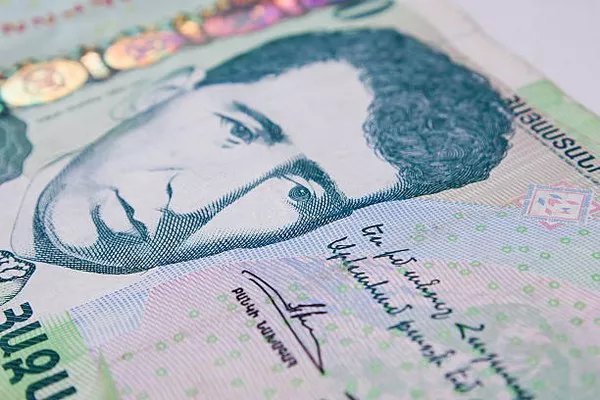Armenia, a nation rich in history and culture, boasts its own distinctive currency known as the Armenian Dram (AMD). As a critical component of the country’s economic landscape, the Dram plays a pivotal role in facilitating trade, investment, and financial transactions within Armenia. This article aims to provide an in-depth exploration of the Armenian Dram, shedding light on its history, features, and significance in the context of Armenia’s economic development.
Historical Background
The introduction of the Armenian Dram dates back to the early 20th century. Following the establishment of the first Republic of Armenia in 1918, the need for a national currency became apparent. In 1921, the Armenian Dram was officially introduced, replacing the Transcaucasian ruble. Over the years, Armenia experienced various political and economic changes, but the Dram persisted as the country’s primary currency.
The currency underwent significant transformations during the Soviet era, with Armenia being part of the larger Soviet Union. However, with the dissolution of the Soviet Union in 1991, Armenia regained its independence, and the Armenian Dram emerged as a symbol of the nation’s sovereignty.
Features of the Armenian Dram
The Armenian Dram is denoted by the symbol “֏” and has the ISO code AMD. It is subdivided into 100 luma. Banknotes and coins are the two primary forms in which the Dram circulates, each featuring distinct designs and denominations.
Banknotes:
Armenian Dram banknotes showcase the nation’s rich cultural heritage and historical landmarks. The Central Bank of Armenia issues banknotes in various denominations, including 1000, 2000, 5000, 10,000, 20,000, and 50,000 Drams. These banknotes portray iconic figures, architectural wonders, and symbols that hold cultural significance for the Armenian people.
Coins:
The Dram’s coinage is also diverse, with coins available in denominations of 10, 20, 50, 100, 200, and 500 Drams. The designs on the coins often highlight important cultural and historical aspects of Armenia, paying homage to the nation’s traditions and values.
Exchange Rate and Monetary Policy
The exchange rate of the Armenian Dram is determined by various factors, including supply and demand dynamics in the foreign exchange market, economic conditions, and government policies. The Central Bank of Armenia plays a crucial role in maintaining currency stability through its monetary policy. The bank employs tools such as interest rates and foreign exchange interventions to regulate inflation, support economic growth, and ensure the stability of the Dram.
Armenia has adopted a floating exchange rate regime, allowing the Dram to adjust to market forces. This flexibility enables the currency to respond to changing economic conditions, promoting competitiveness in international trade and investment.
Significance in Trade and Investment
The Armenian Dram is the sole legal tender within the borders of Armenia. As such, it plays a central role in domestic transactions, including the purchase of goods and services, payment of wages, and settlement of debts. The stability of the Dram is crucial for fostering a conducive economic environment, attracting foreign investment, and promoting trade.
Additionally, the Armenian Dram is used for international transactions, although the U.S. Dollar and the Euro are also widely accepted in some sectors of the economy. The ability to conduct business in the local currency simplifies financial transactions for both domestic and international businesses operating in Armenia.
Challenges and Opportunities
While the Armenian Dram has been a symbol of stability for the nation, it has faced challenges over the years. Economic fluctuations, geopolitical tensions, and external factors can impact the currency’s value. The Central Bank of Armenia remains vigilant in addressing these challenges, implementing policies to mitigate risks and ensure the stability of the Dram.
On the flip side, the Armenian Dram presents opportunities for economic growth and development. As the government continues to implement reforms and enhance the business environment, the Dram can serve as a catalyst for increased foreign investment and trade, contributing to Armenia’s overall economic prosperity.
Conclusion
In conclusion, the Armenian Dram stands as a testament to Armenia’s resilience and sovereignty. From its historical roots to its current role as the nation’s primary currency, the Dram has played a crucial role in shaping Armenia’s economic landscape. As the country continues to navigate the challenges and opportunities of the 21st century, the Armenian Dram remains a symbol of stability and strength, reflecting the rich cultural heritage and determination of the Armenian people.


